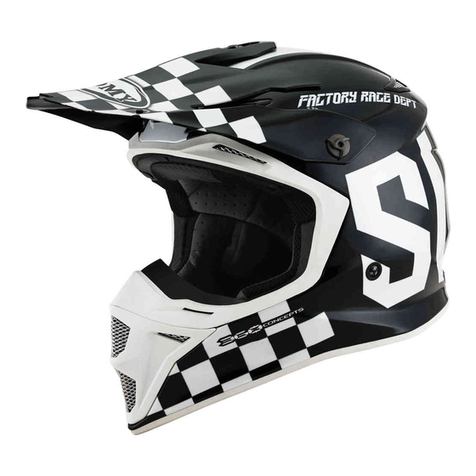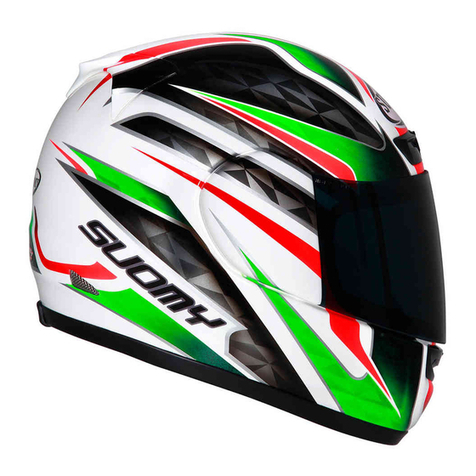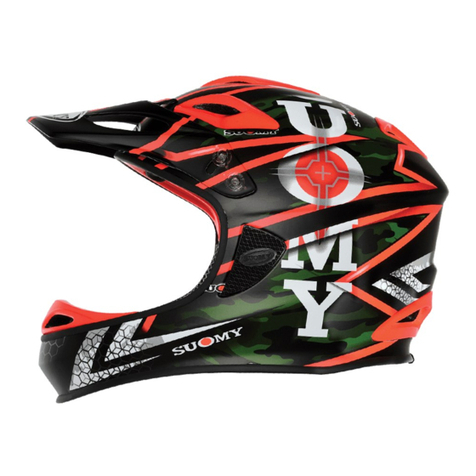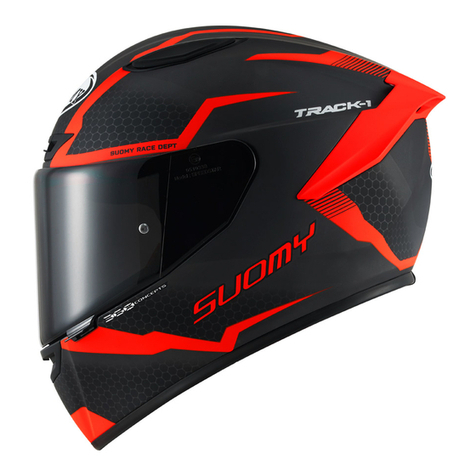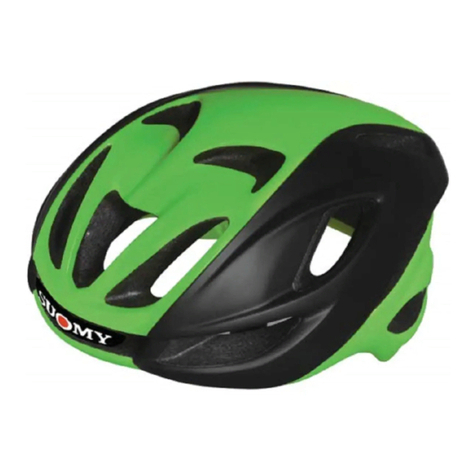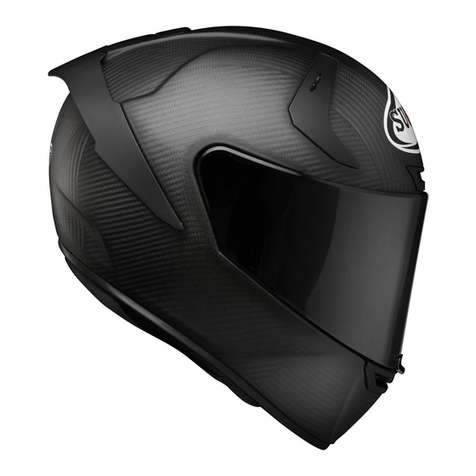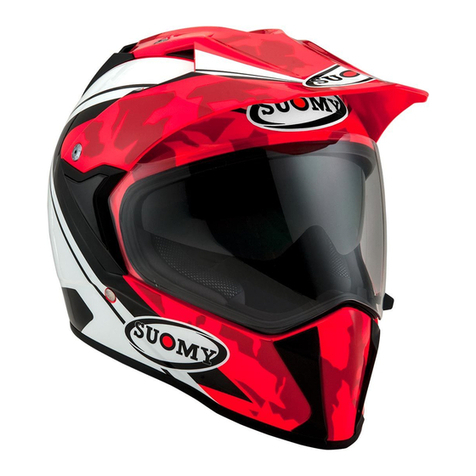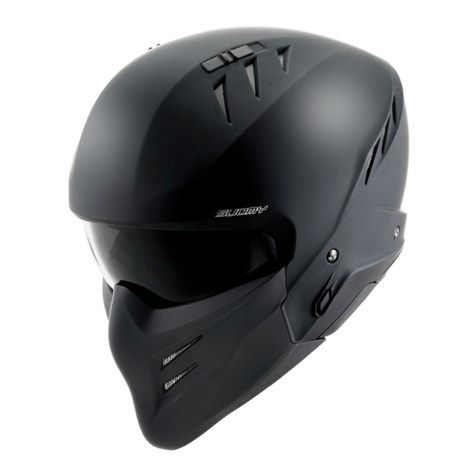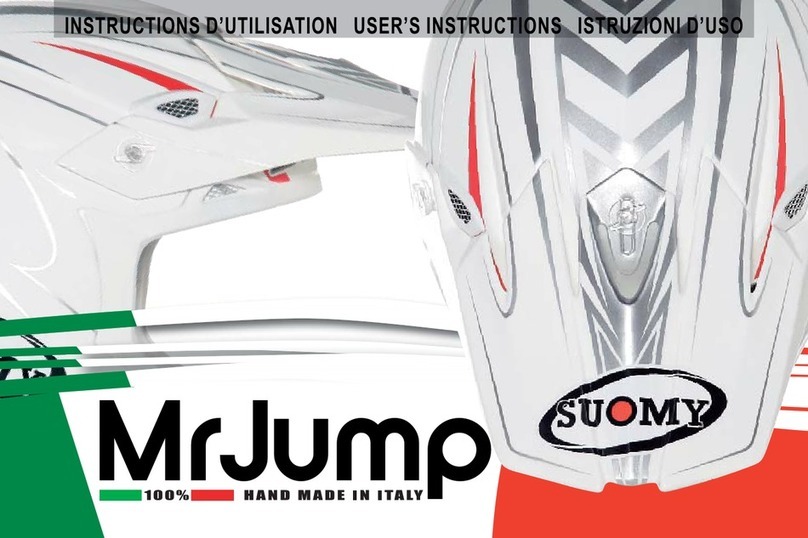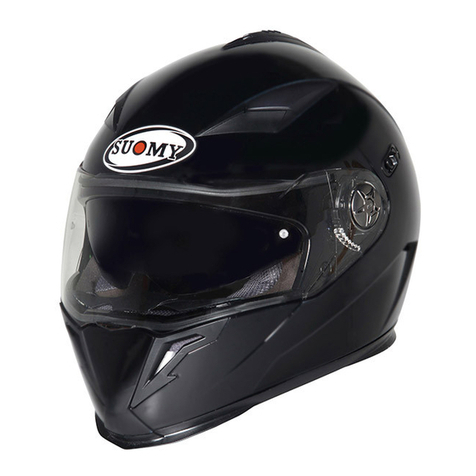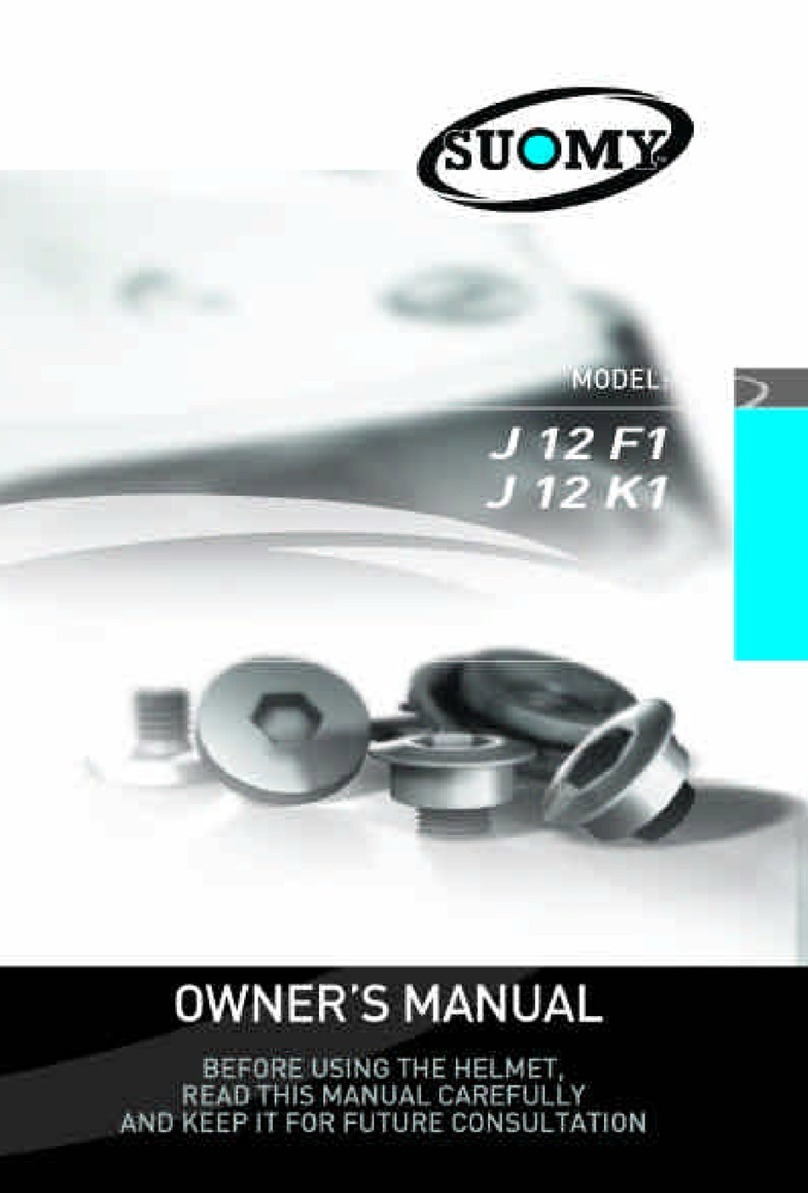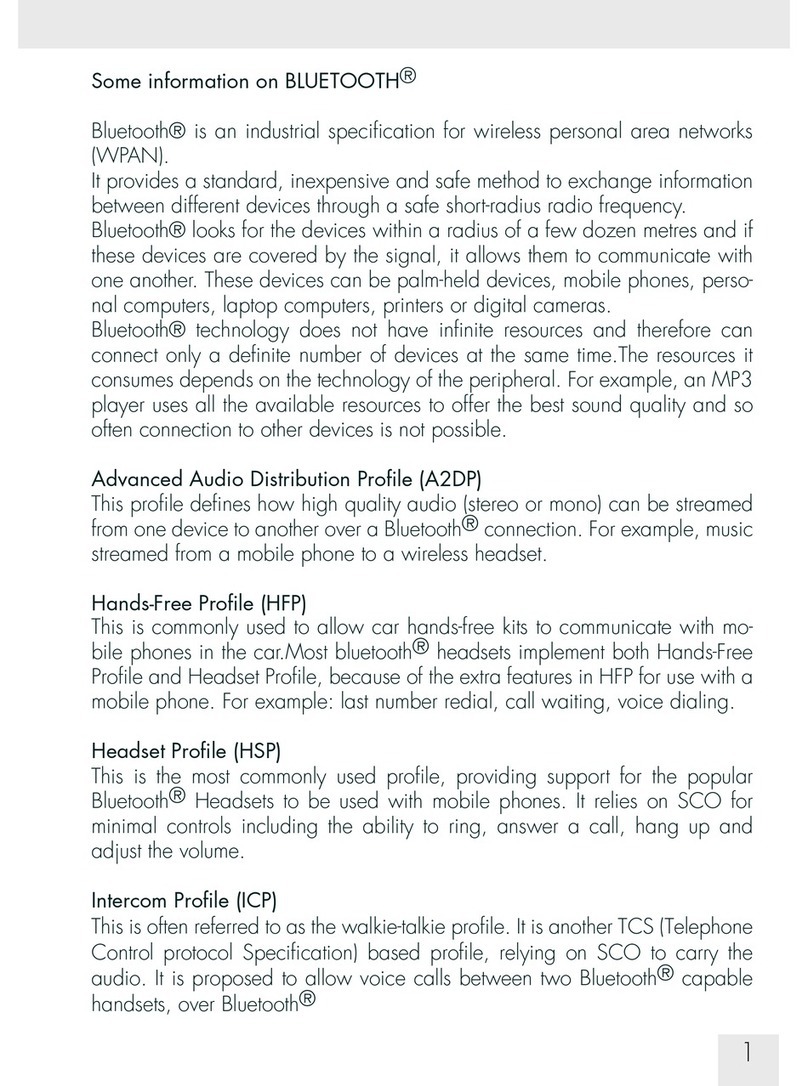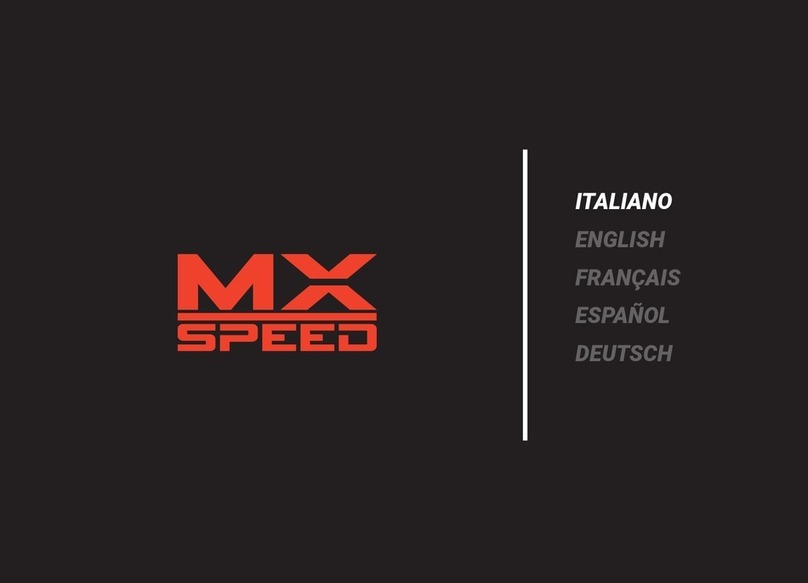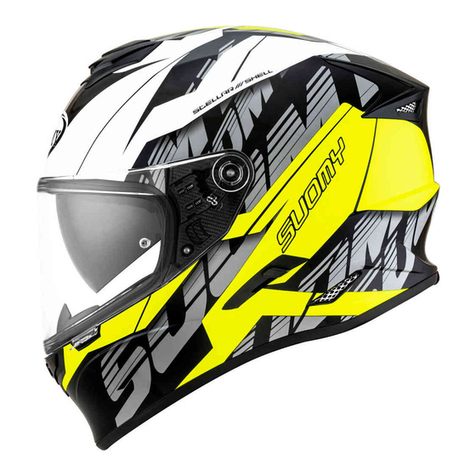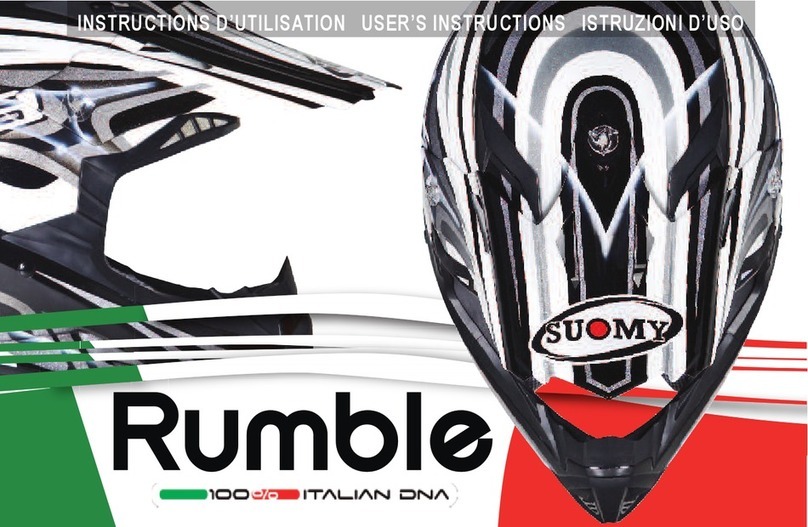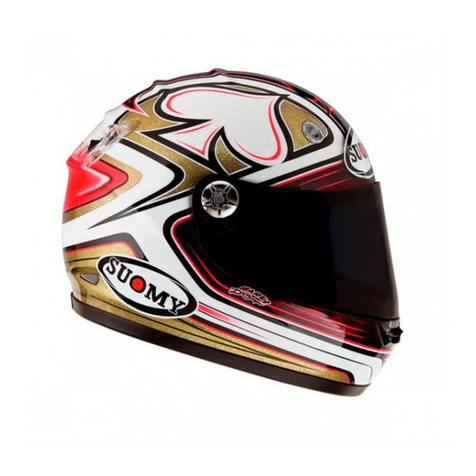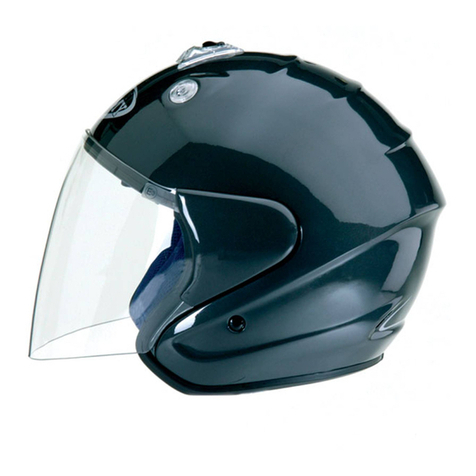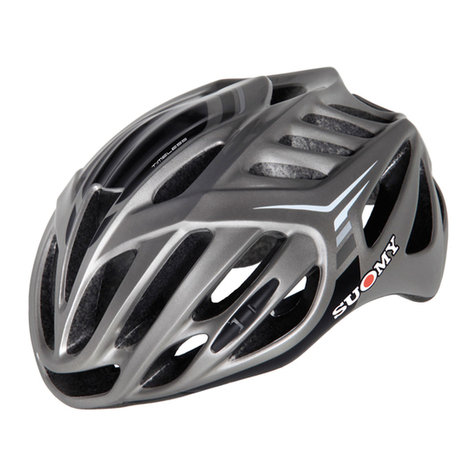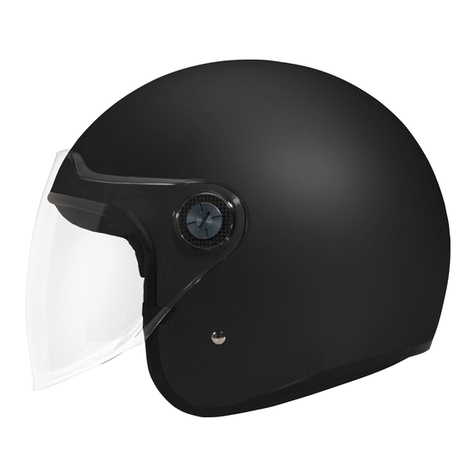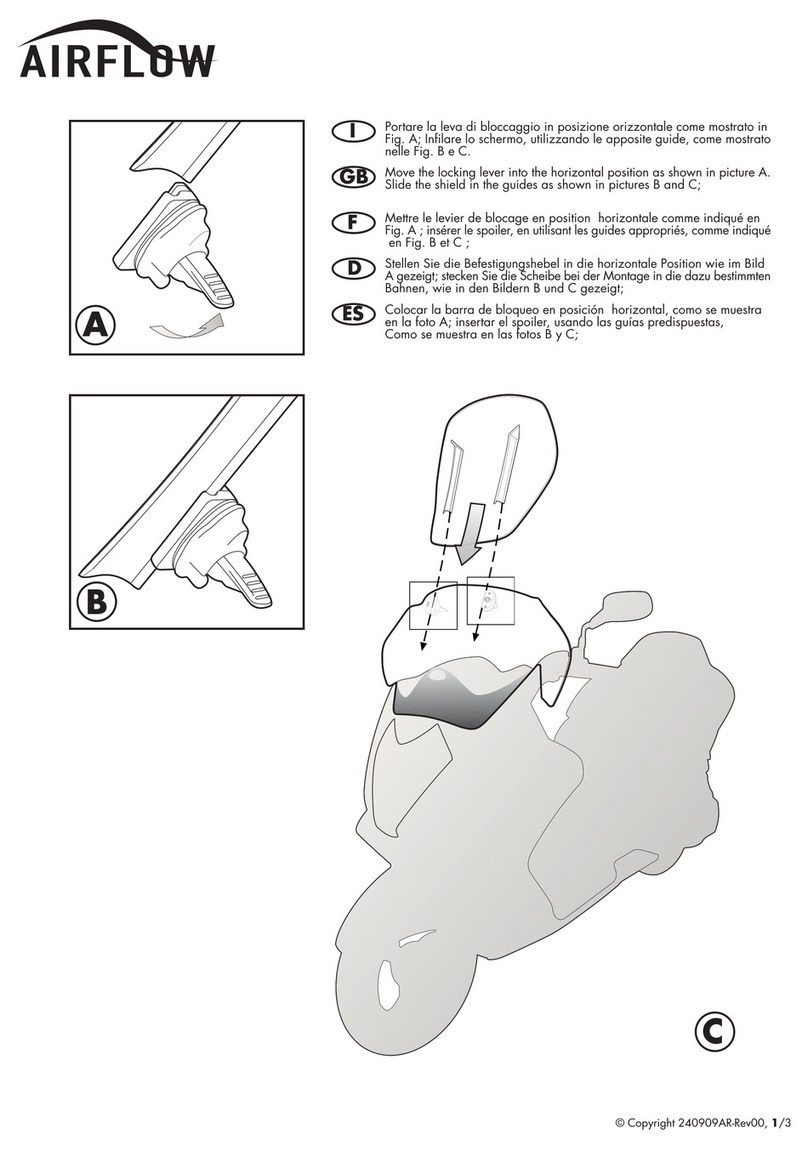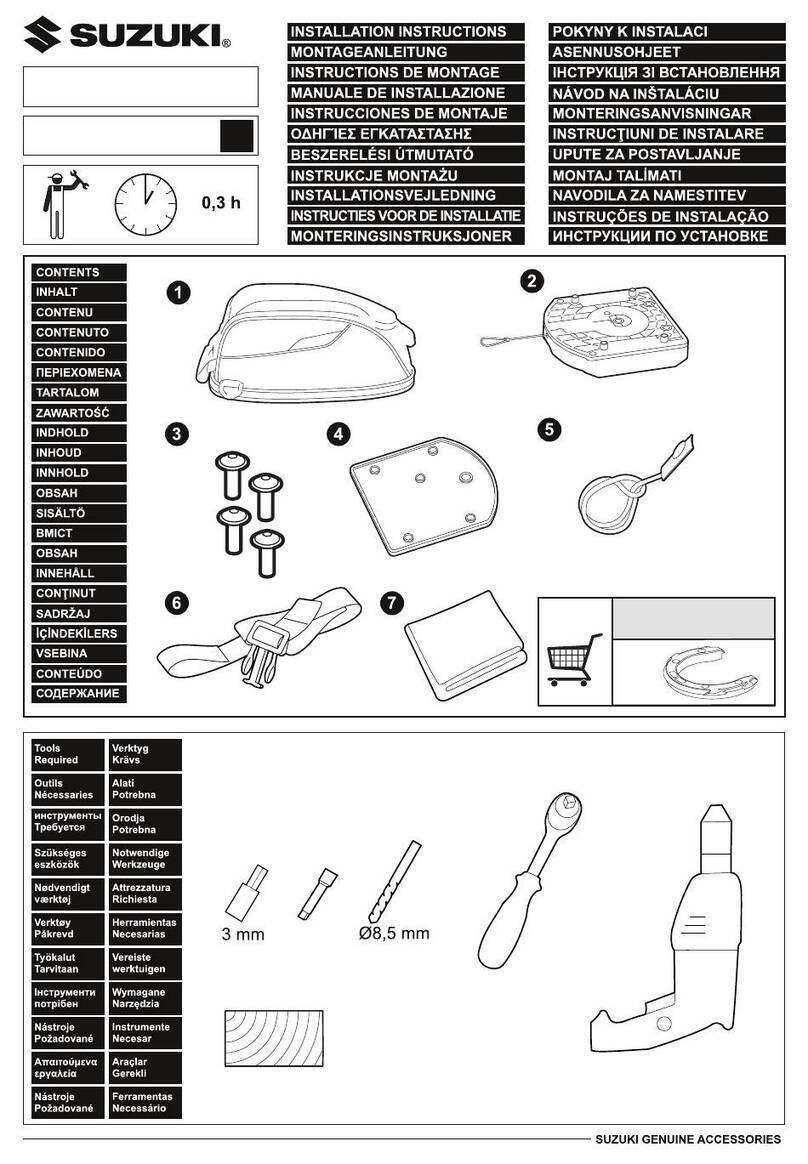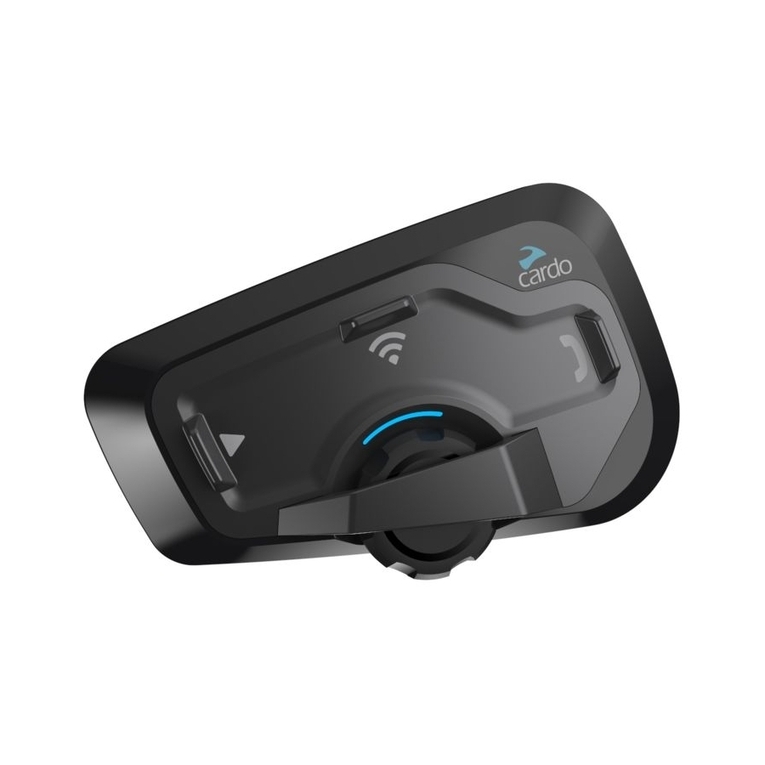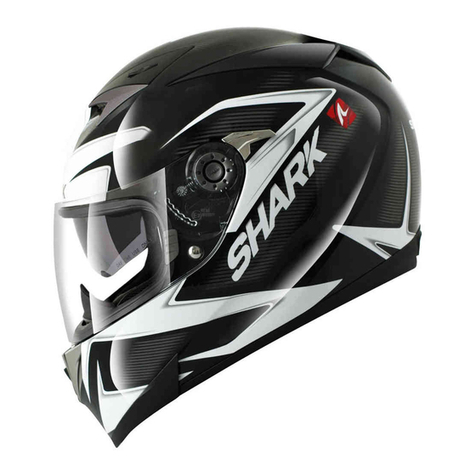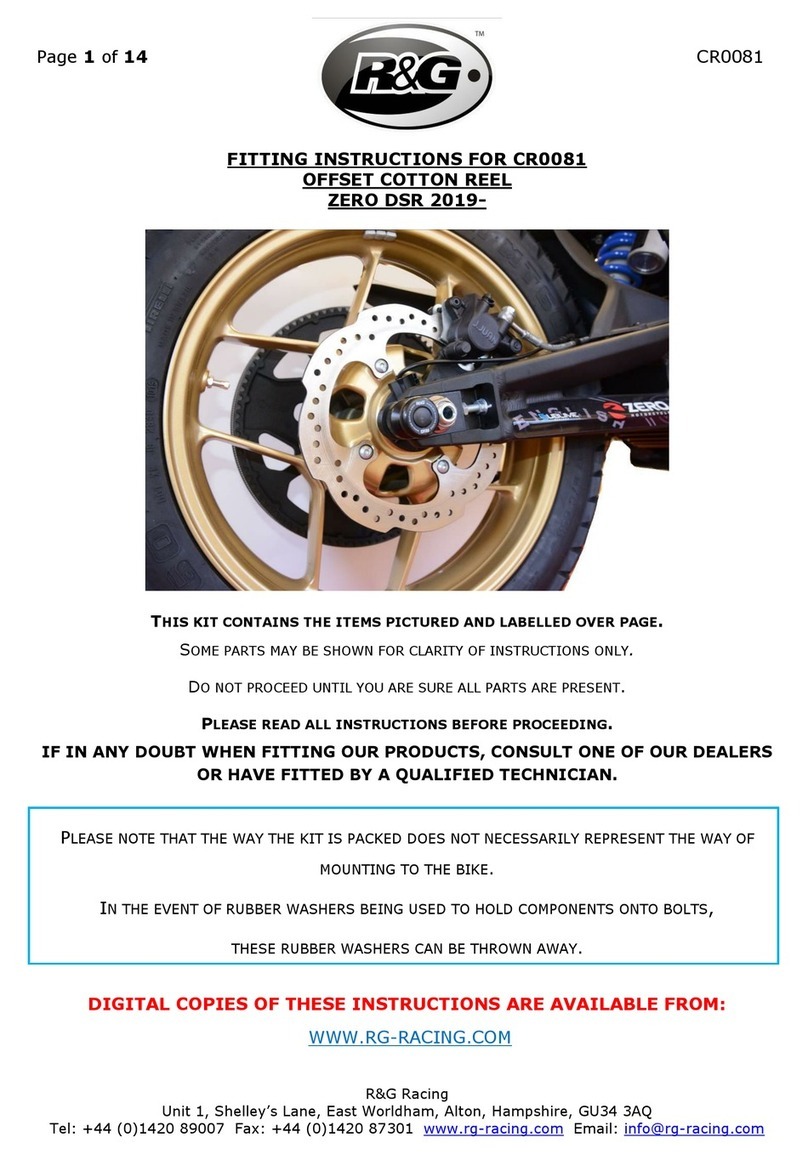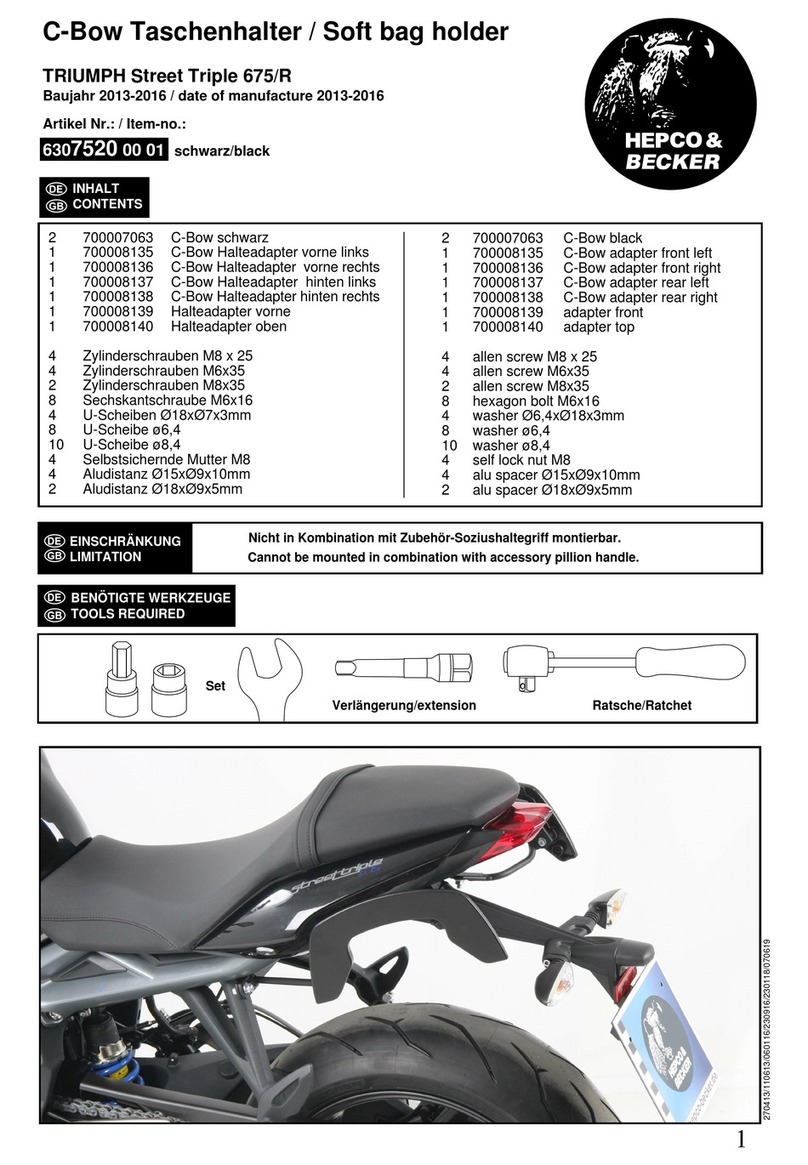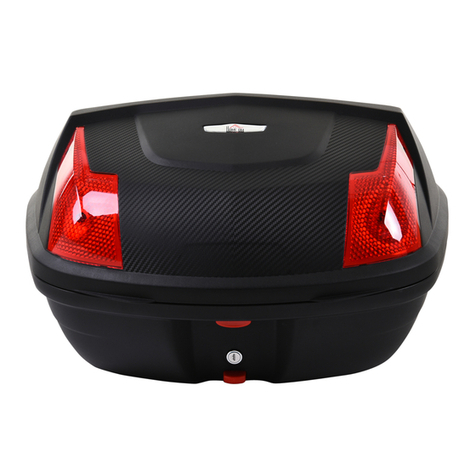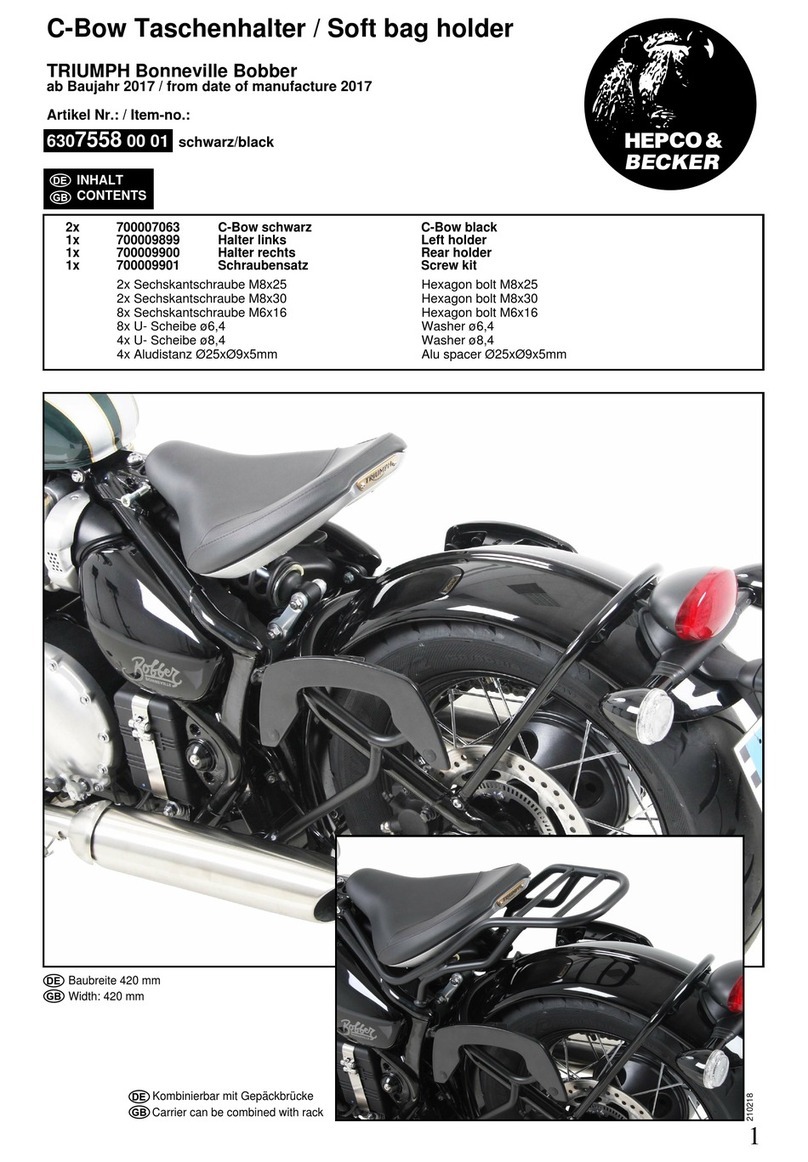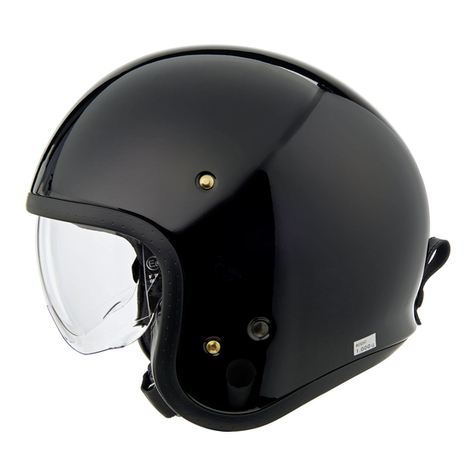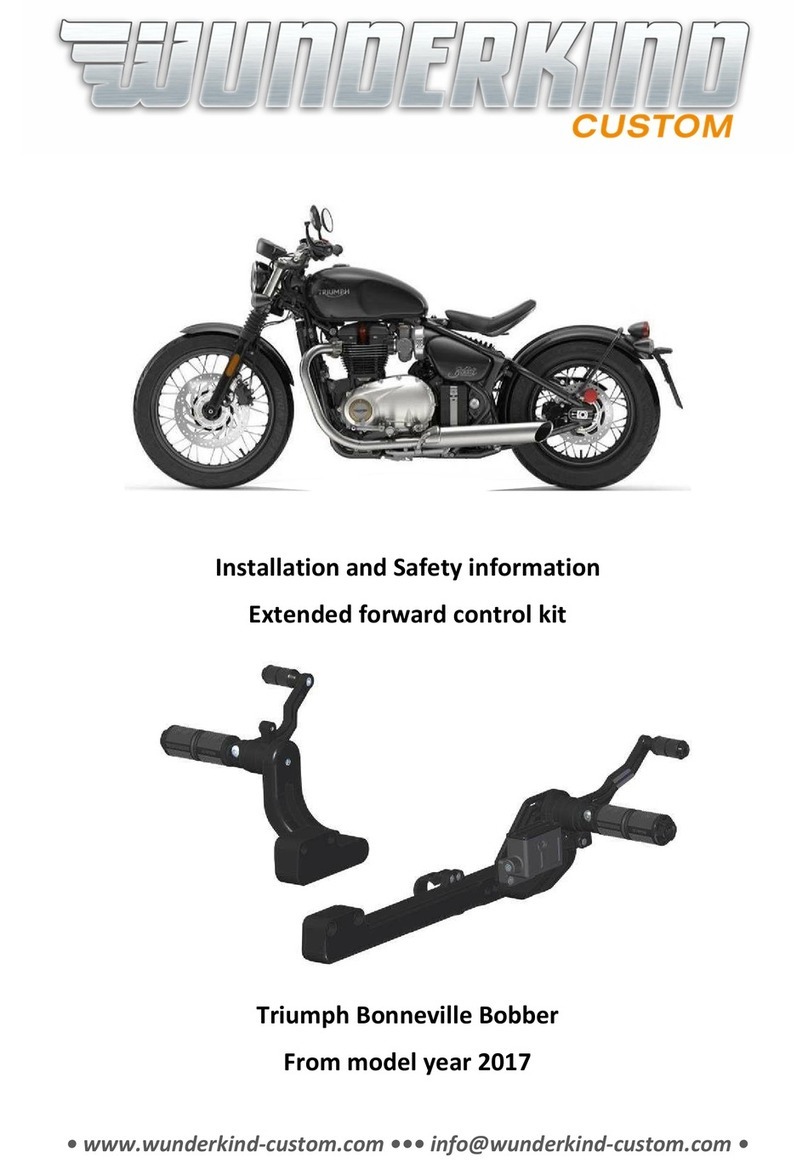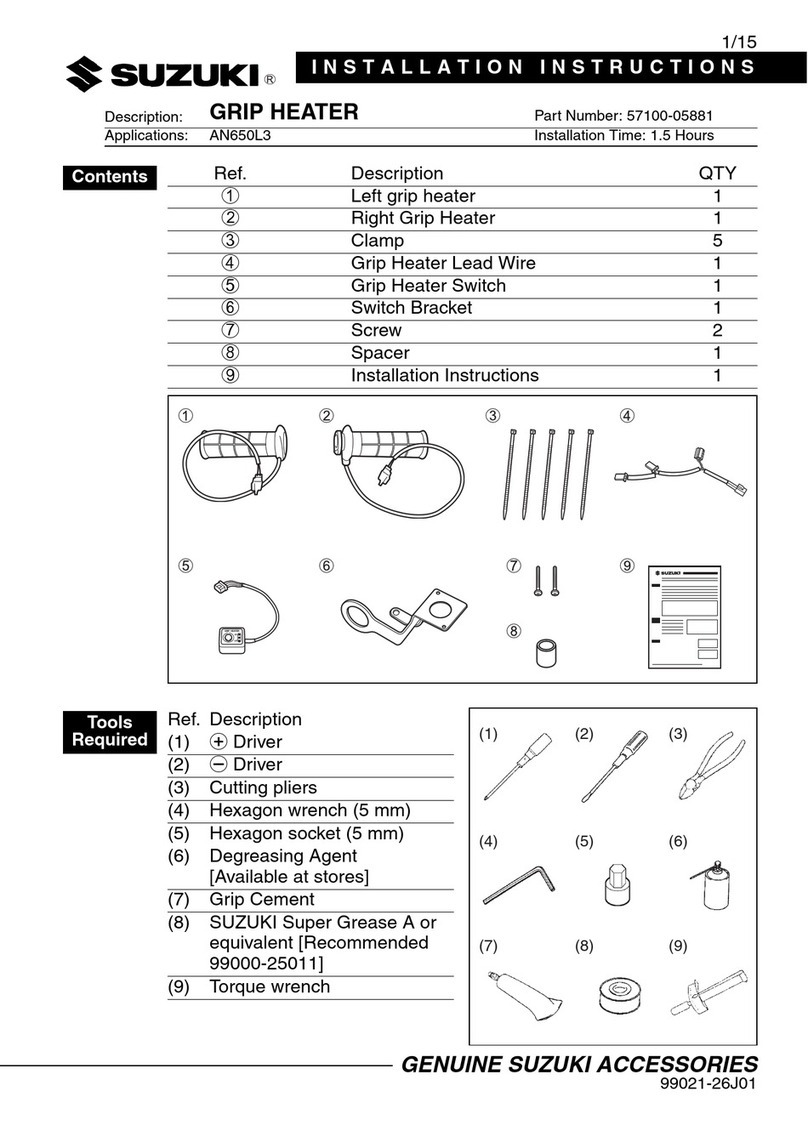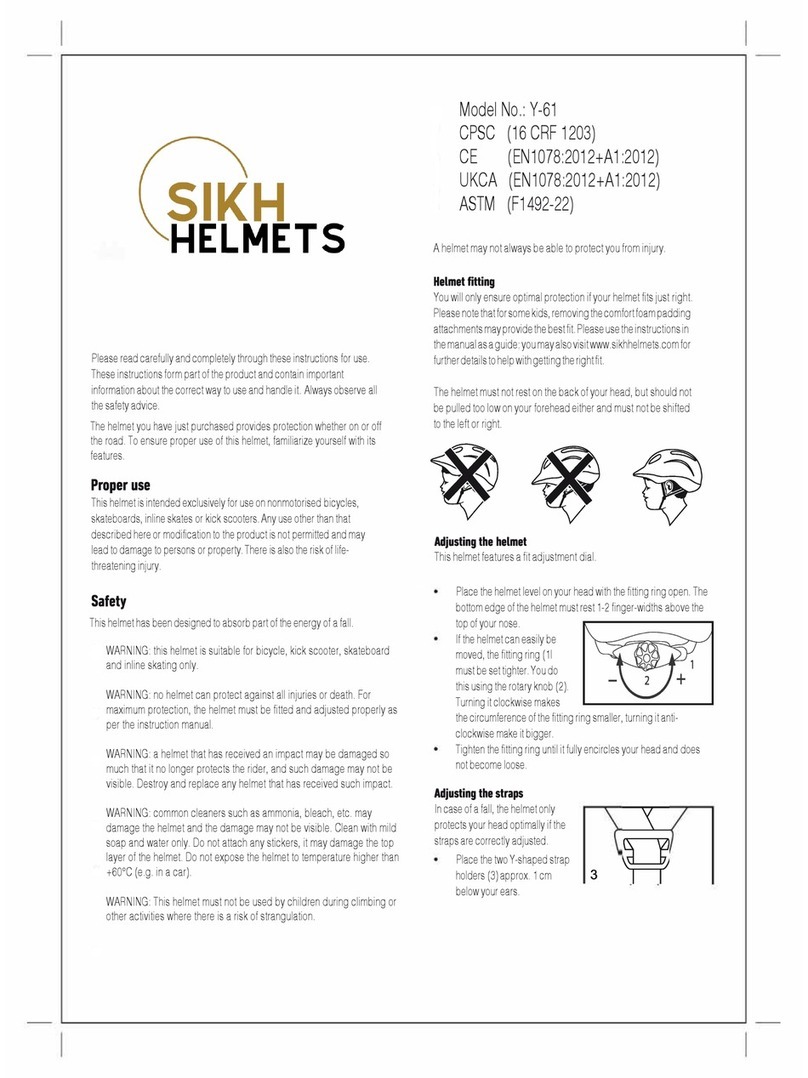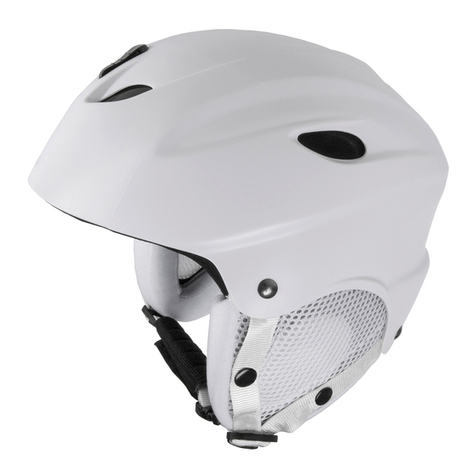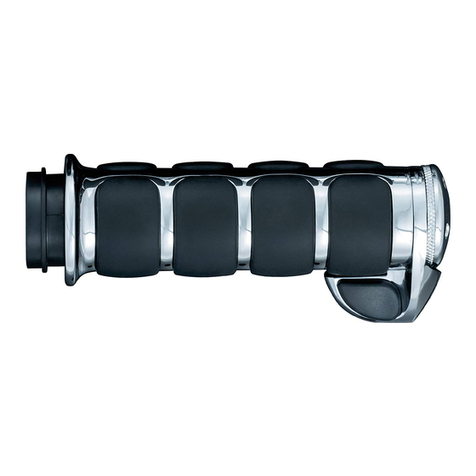
IT Avvertenze
Caratteristiche
Totale amovibilità dell’interno in pregiato tessuto anallergico con
trattamento antibatterico.
Tutte le parti a contatto con il viso sono facilmente lavabili.
Guanciali laterali intercambiabili e disponibili in diverse taglie come
accessorio per consentire una migliore adattabilità del casco alla
conformazione del viso.
Il sistema di ventilazione di X-WING, unitamente alla conformazione
particolare della calotta interna in polistirolo, ottimizza i ussi esterni
ed interni. Essi sono alimentati da ben tre prese di ingresso usso che,
sfruttando l’effetto Venturi, ottimizzano l’aerazione interna.
Le quattro prese d’aria posteriori provvedono allo scarico dei ussi.
Questo garantisce una diffusione il più possibile uniforme e continua
del usso d’aria all’interno della calotta, favorito anche dalla griglia di
estrazione posizionata nella parte posteriore.
Il cinturino è provvisto di chiusura D-ring in acciaio Inox anticorrosione e
bottone ssa cinturino. Il bottone di ssaggio è posizionato in una zona
completamente libera ed accessibile e consente un agevole e comodo
azionamento del sistema di sbloccaggio anche a guanti indossati.
Quando il bottone automatico è allacciato, il cinturino forma un’asola
La ringraziamo per aver scelto SUOMY nell’acquisto del suo Casco.
Progettato e realizzato secondo i più elevati standard qualitativi
espressamente per uso motociclistico, X-WING è certicato dai più
importanti Enti di Omologazione.
Suomy declina qualsiasi responsabilità per eventuali danni diretti o
indiretti derivanti da uso non corretto del prodotto, in situazioni che
esulino dalle normali condizioni di utilizzo o dalle modalità riportate nel
presente opuscolo.
Prima di utilizzare il casco leggere con attenzione il presente manuale
che deve essere conservato per future consultazioni.
Per eventuali chiarimenti non esiti a consultare il Suo Rivenditore di
ducia o direttamente l’Organizzazione Suomy.
La preghiamo di utilizzare il Suo casco conformemente alle istruzioni
contenute nel presente manuale.
Il rispetto delle norme in esso contenute garantiranno una maggior
durata del suo casco e le massime prestazioni del prodotto.
Modiche e/o alterazioni al casco e/o ai suoi componenti comportano
l’annullamento di qualsiasi garanzia e possono comprometterne i
requisiti di sicurezza o rendere il prodotto non conforme alle norme
di omologazione.
Tutti i prodotti Suomy vengono costantemente sottoposti ad un
continuo processo di miglioramento.
Per questo motivo Suomy si riserva il diritto di apportare, senza
preventiva informazione, modiche al prodotto oggetto del presente
manuale. Non è possibile quindi far valere alcun diritto sulla base di
dati, illustrazioni e descrizioni contenute nel presente manuale.
X-WING è stato sviluppato e testato per garantire, unitamente alle
caratteristiche di sicurezza, il maggior grado di comfort e silenziosità
nelle condizioni di utilizzo più tipiche. E’ però implicito
che la particolare congurazione del veicolo e/o la posizione di guida
del pilota o l’interagire dei due fattori possono comportare situazioni
non prevedibili in fase di messa a punto del prodotto, tali da generare
fruscii o sibili di origine aerodinamica.
Suomy declina pertanto ogni responsabilità nel caso ciò si verichi.
X-WING non è predisposto per l’uso di auricolari e/o di elementi afni.
4
